Year 5
The English curriculum is built around the three interrelated strands of language, literature and literacy. Teaching and learning programs should balance and integrate all three strands. Together, the strands focus on developing students' knowledge, understanding and skills in listening, reading, viewing, speaking, writing and creating. Learning in English builds on concepts, skills and processes developed in earlier years, and teachers will revisit and strengthen these as needed.
In Years 5 and 6, students communicate with peers and teachers from other classes and schools, community members, and individuals and groups, in a range of face-to-face and online/virtual environments.
Students engage with a variety of texts for enjoyment. They listen to, read, view, interpret and evaluate spoken, written and multimodal texts in which the primary purpose is aesthetic, as well as texts designed to inform and persuade. These include various types of media texts including newspapers, film and digital texts, junior and early adolescent novels, poetry, non-fiction and dramatic performances.
The range of literary texts for Foundation to Year 10 comprises Australian literature, including the oral narrative traditions of Aboriginal and Torres Strait Islander Peoples, as well as the contemporary literature of these two cultural groups, and classic and contemporary world literature, including texts from and about Asia.
Literary texts that support and extend students in Years 5 and 6 as independent readers describe complex sequences, a range of non-stereotypical characters and elaborated events including flashbacks and shifts in time. These texts explore themes of interpersonal relationships and ethical dilemmas within real-world and fantasy settings. Informative texts supply technical and content information about a wide range of topics of interest as well as topics being studied in other areas of the curriculum. Text structures include chapters, headings and subheadings, tables of contents, indexes and glossaries. Language features include complex sentences, unfamiliar technical vocabulary, figurative language, and information presented in various types of graphics.
Students create a range of imaginative, informative and persuasive types of texts including narratives, procedures, performances, reports, reviews, explanations and discussions.
(source: www.australiancurriculum.edu.au)
Achievement Standard
Receptive modes (listening, reading and viewing)
By the end of Year 5, students explain how text structures assist in understanding the text. They understand how language features, images and vocabulary influence interpretations of characters, settings and events.
When reading, they encounter and decode unfamiliar words using phonic, grammatical, semantic and contextual knowledge. They analyse and explain literal and implied information from a variety of texts. They describe how events, characters and settings in texts are depicted and explain their own responses to them. They listen and ask questions to clarify content.
Productive modes (speaking, writing and creating)
Students use language features to show how ideas can be extended. They develop and explain a point of view about a text, selecting information, ideas and images from a range of resources.
Students create imaginative, informative and persuasive texts for different purposes and audiences. They make presentations which include multimodal elements for defined purposes. They contribute actively to class and group discussions, taking into account other perspectives. When writing, they demonstrate understanding of grammar using a variety of sentence types. They select specific vocabulary and use accurate spelling and punctuation. They edit their work for cohesive structure and meaning.
(source: www.australiancurriculum.edu.au)
- Plus Plan
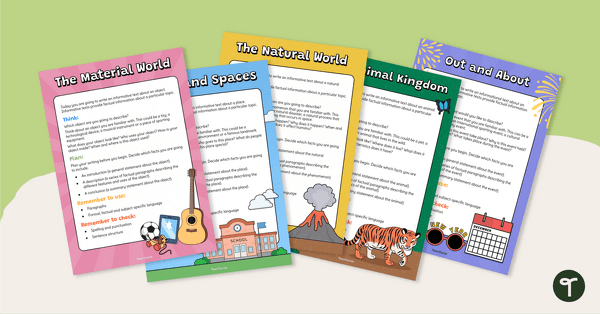
5 Information Report Writing Prompts
Use this set of 5 writing prompts to assess your students’ informative writing skills.
- Plus Plan
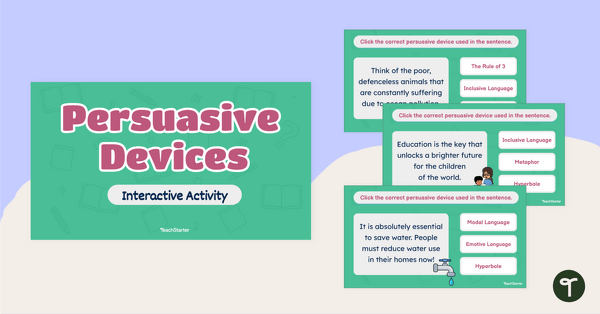
Persuasive Devices Interactive Activity
Explore persuasive device examples with your students using this digital game perfect for your persuasive writing lessons.
- Free Plan

Paired Passage Worksheets-Mammals vs. Reptiles
Compare mammals vs. reptiles and add to your reading instruction with leveled nonfiction, compare and contrast passages, and worksheets.
- Plus Plan
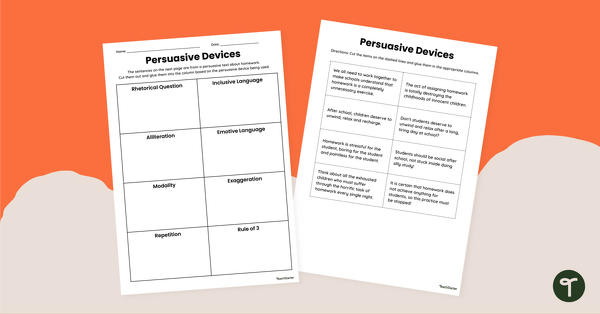
Persuasive Device Examples – Cut and Paste Worksheet
Match the persuasive writing techniques with the correct examples using this simple cut-and-paste worksheet perfect for your persuasive writing unit.
- Plus Plan
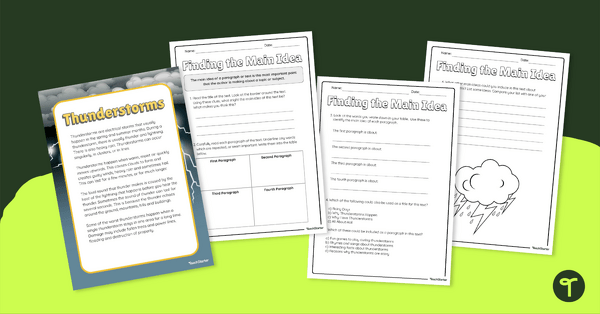
Finding the Main Idea - Comprehension Task (Thunderstorms)
A task to use when teaching your students reading comprehension strategies.
- Plus Plan
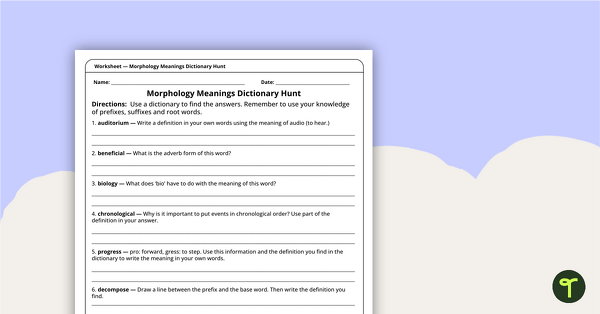
Prefixes, Suffixes and Roots - Dictionary Hunt Worksheet
Investigate the morphological meanings of word-parts with this dictionary hunt.
- Plus Plan
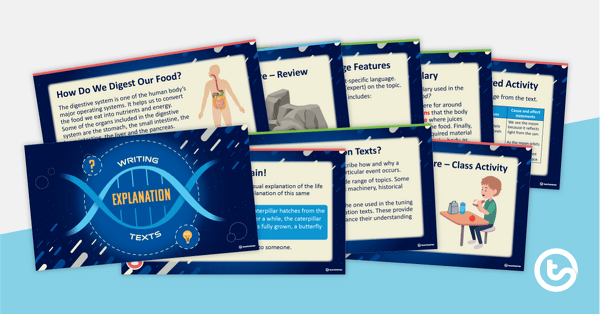
Writing Explanation Texts PowerPoint
A 33-slide editable PowerPoint template to use when teaching your students about explanation writing.
- Free Plan
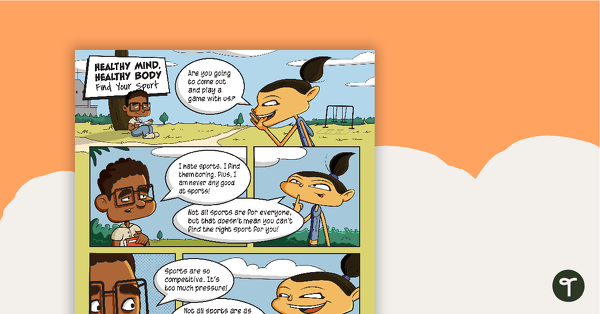
Healthy Body, Healthy Mind: Find Your Sport – Comprehension Worksheet
A comprehension worksheet for a comic about the importance of physical activity to a healthy lifestyle.
- Plus Plan
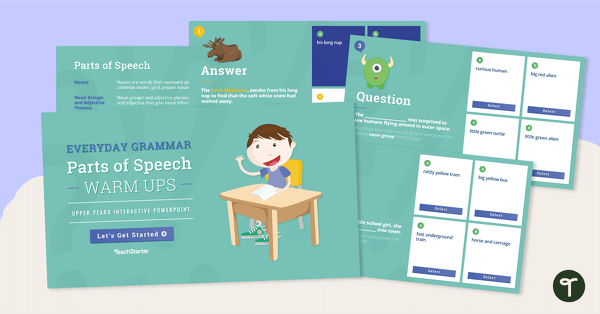
Everyday Grammar Parts of Speech Warm Ups - Upper Years Interactive PowerPoint
Learn and consolidate noun groups, adjectival phrases, adverbial phrases and more with this 44-slide interactive PowerPoint.
- Free Plan
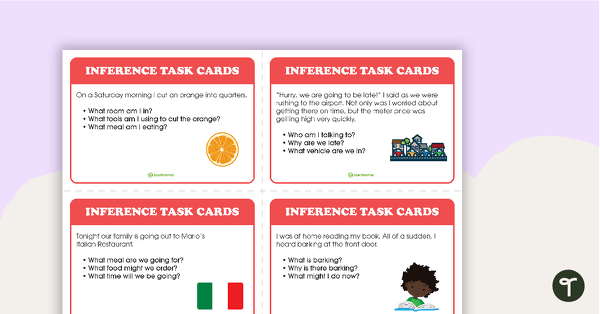
Inferring Written Scenario Task Cards
Task cards that help students use their knowledge and ideas to help them decode ideas in texts
- Plus Plan
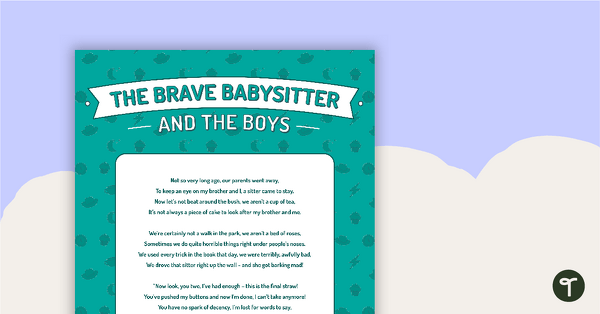
Elements of Poetry Worksheet - Idioms
A worksheet to help students understand idioms in poetry.
- Plus Plan
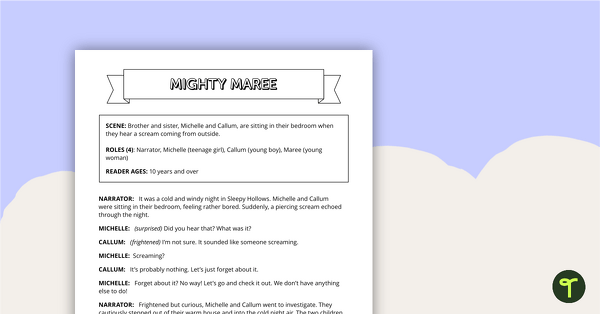
Readers' Theatre Script - Mighty Maree
A script which can be used during readers' theatre or Drama sessions, aimed at students 10 years and over.
- Plus Plan
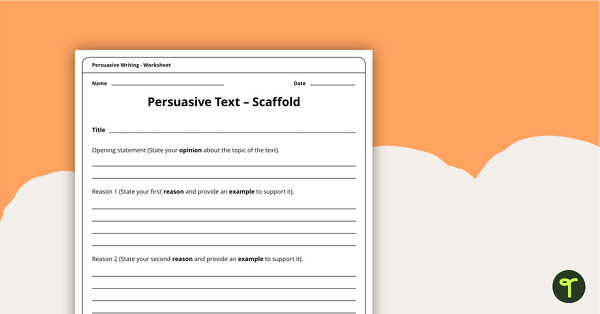
Persuasive Texts Writing Scaffold
A one page scaffolding sheet which can be used to write a persuasive text.
- Plus Plan
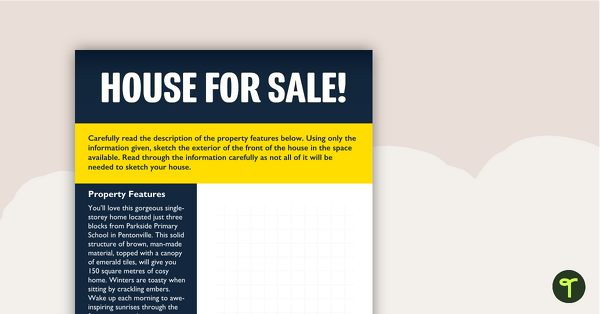
Inference Real Estate Advertisements - Worksheet
A series of real estate advertisement worksheets to use when teaching your students how to infer information from written texts.
- Plus Plan
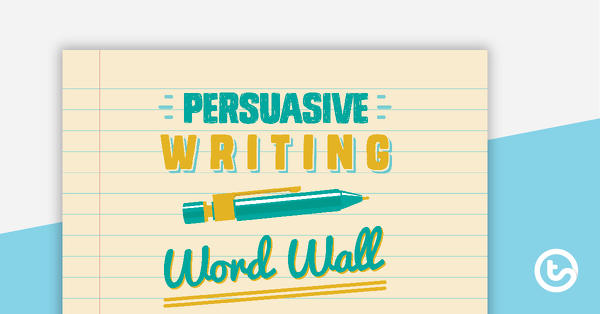
Persuasive Writing Word Wall Vocabulary
Persuasive language for a word wall.
- Plus Plan
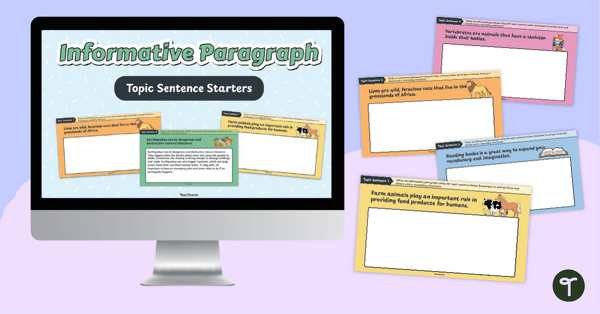
Informative Paragraph Topic Sentence Starters - Interactive Slides
Build your students’ writing skills with a set of digital informative paragraph writing prompts.
- Plus Plan
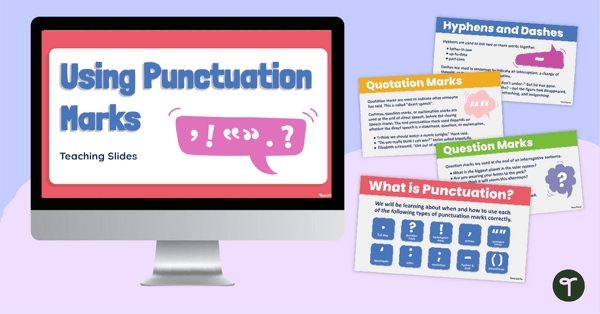
Using Punctuation Marks PowerPoint
Teach the correct usage of punctuation marks with an interactive Punctuation PowerPoint for upper years students.
- Plus Plan
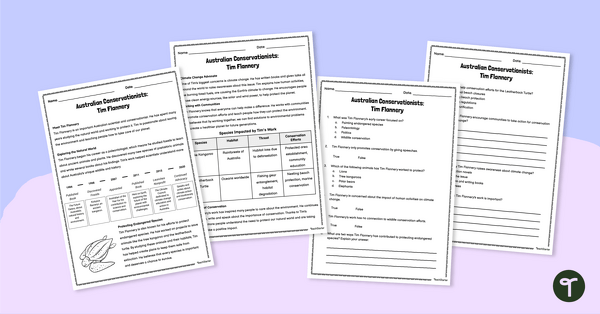
Australian Conservationists: Tim Flannery – Comprehension Worksheet
Learn about Tim Flannery and his conservation work with this 2-page reading passage and accompanying comprehension questions.
- Plus Plan
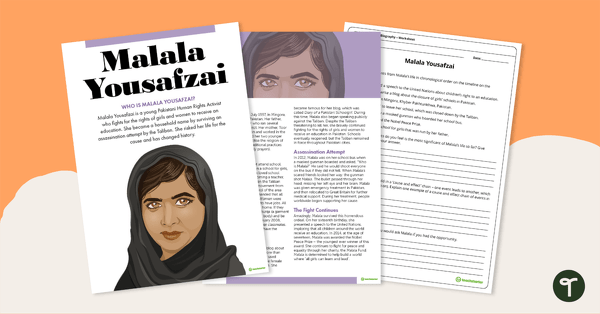
Malala Yousafzai Biography – Read and Respond Worksheet
A comprehension activity related to a biographical text.
- Plus Plan

Interpreting Figurative Language - Worksheets
Explore figurative language in poetry with this age-appropriate poem and accompanying vocabulary questions.
- Plus Plan
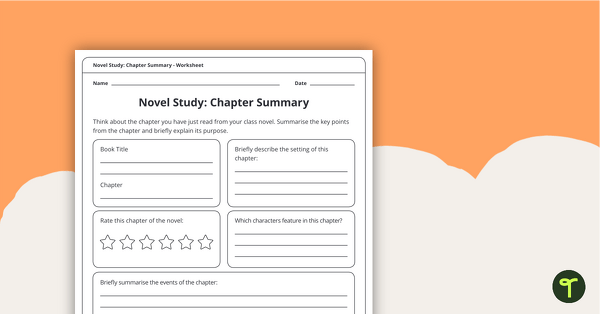
Novel Study – Chapter Summary Worksheet
Reflect on a chapter in a class novel using this one-page worksheet.
- Plus Plan
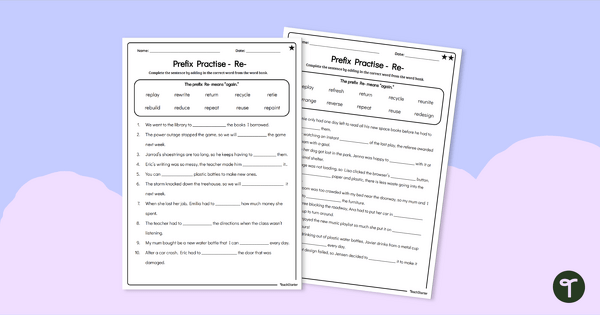
Words with Prefixes Worksheet - Prefix Re-
Build students' understanding of the prefix re-.with a printable prefix worksheet.
- Plus Plan
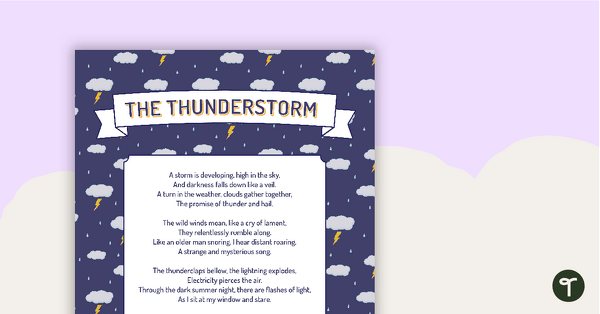
Elements of Poetry Worksheet - Sound Devices
A worksheet to help students understand sound devices in poetry.
- Plus Plan

The Poet's Lament - Comprehension
A comprehension activity using a poem.
- Plus Plan
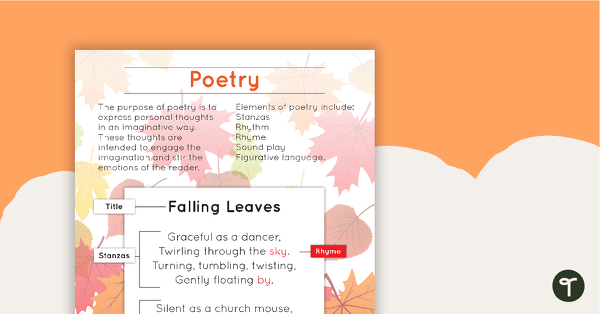
Poetry Poster with Annotations
Use this poetry poster to introduce your students to the structure and language features of poems through an annotated example.
- Plus Plan
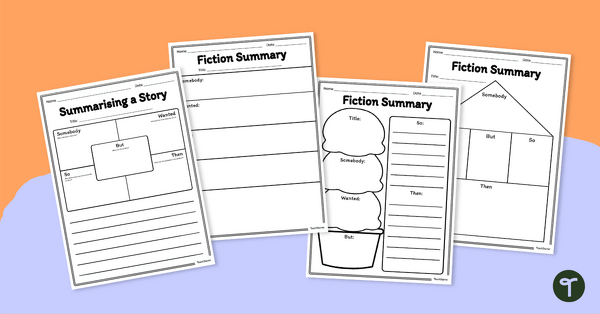
Summarising a Story Graphic Organisers
Use these graphic organisers to help students when summarising a story.
- Plus Plan
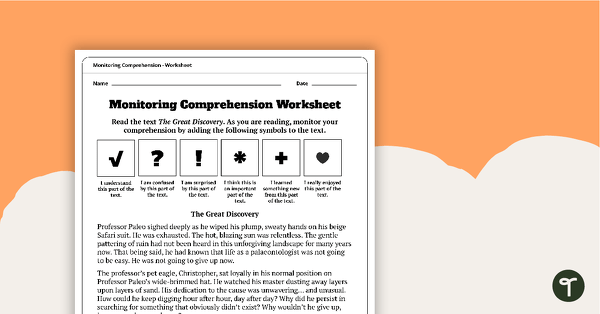
Monitoring Comprehension Worksheet
A 2 page worksheet focusing on the reading comprehension strategy of monitoring.
- Plus Plan
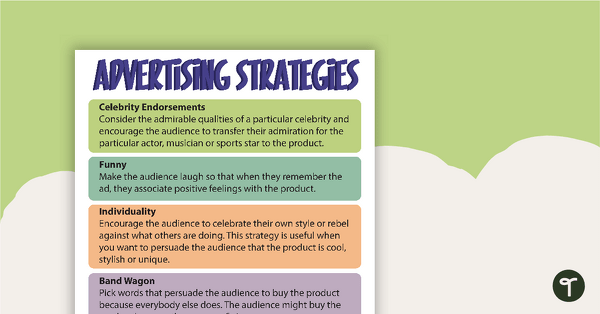
Healthy Lifestyle - Advertising Challenge
A fun advertising challenge to use in the classroom for students to persuade others to live a healthy lifestyle.
- Plus Plan
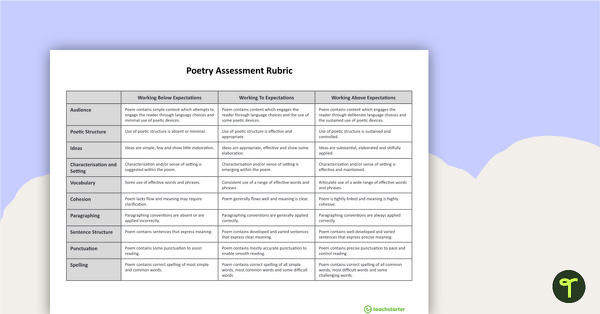
NAPLAN-Style Assessment Rubric for Poetry
A NAPLAN-style rubric designed to help teachers to assess student's poetry.
- Plus Plan
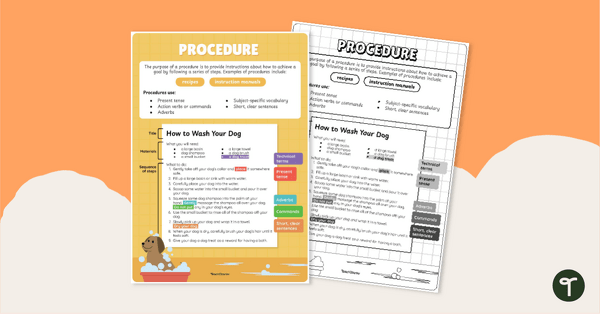
Procedure Text Type Poster With Annotations
Display this procedure text with annotations to help students identify the structure of a procedure.
- Plus Plan
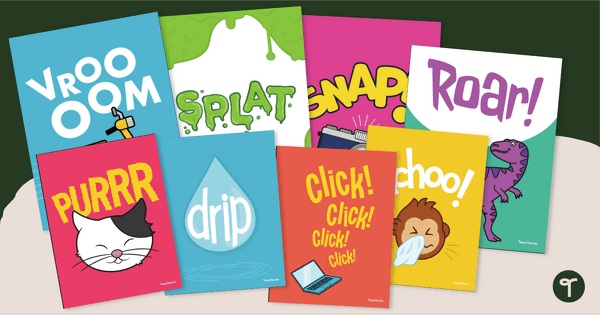
Figurative Language Posters – Onomatopoeia
Help young readers and writers recognise onomatopoeias with a set of onomatopoeia classroom posters.
- Plus Plan
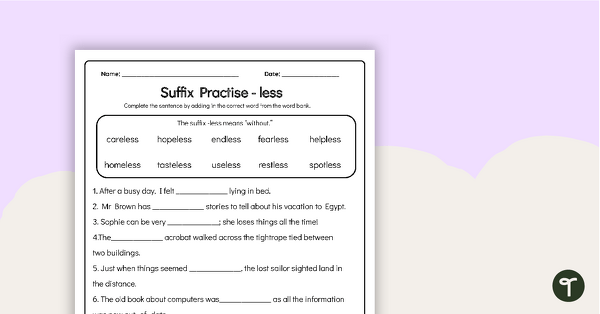
-Less Suffixes Worksheet
Build vocabulary skills with a suffix worksheet featuring the suffix -less.